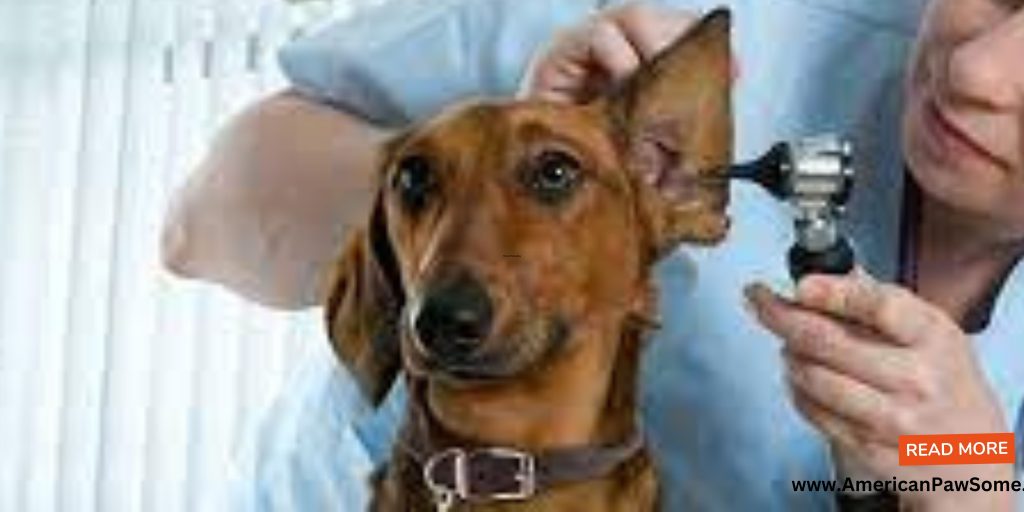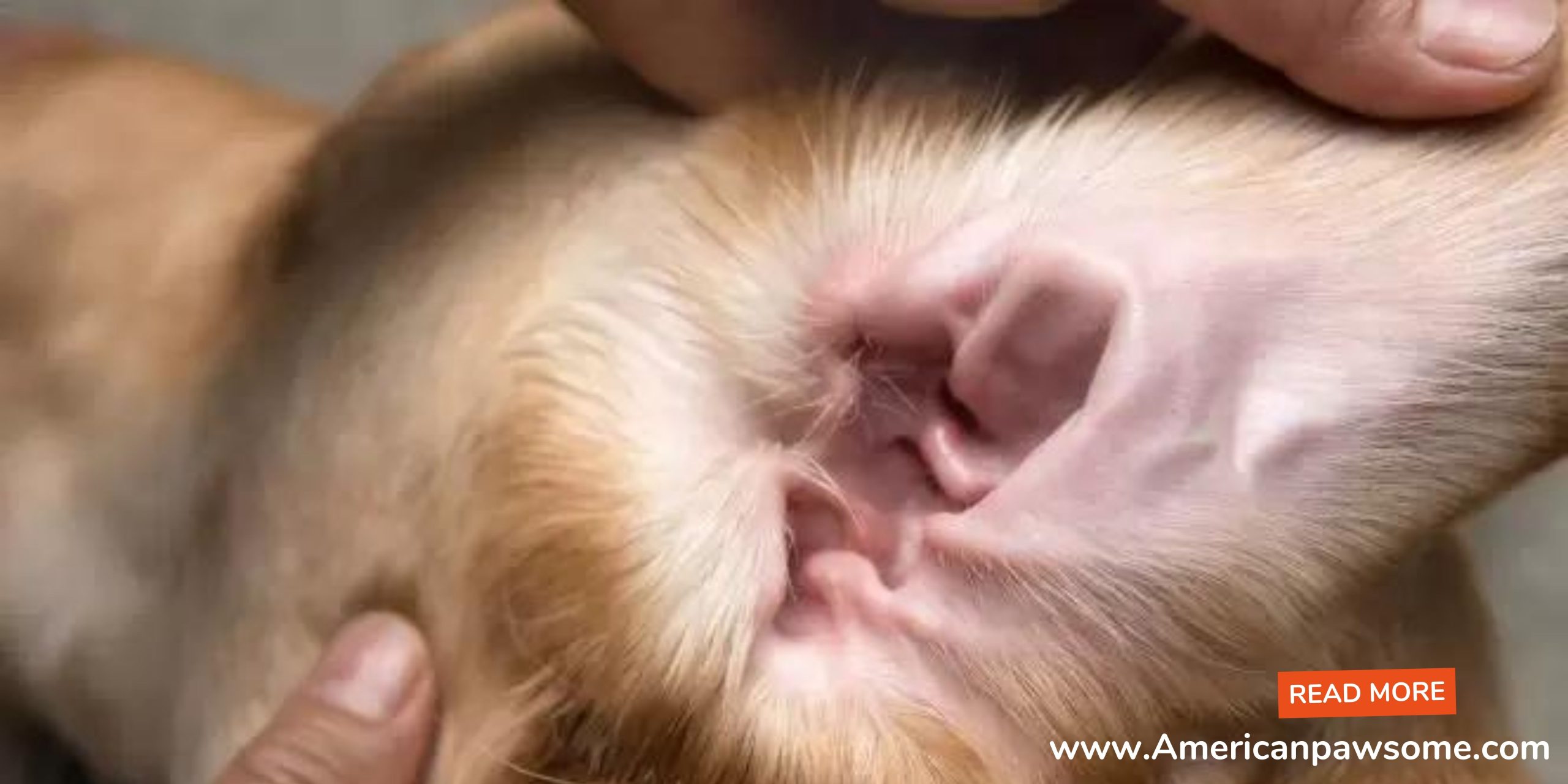Hey there! Dealing with ear infections in our furry pals can be quite a challenge, right? Those pesky ear infections, or otitis externa, can really put a damper on our dogs’ spirits, causing them all sorts of discomfort. It’s like they’re missing out on the fun parts of being a dog! Now, why some dogs have to deal with these ear infections more often than others is a real head-scratcher. But no worries, there are some pretty interesting reasons behind it. Stuff like the breed of the dog, how their ears are shaped – you know, the whole package – even the surroundings they’re in and any sneaky health issues they might have. So, when we dive into all these bits and pieces, we can start figuring out why some dogs are more prone to these ear infections. And once we’ve got a handle on that, we can make sure they get the TLC they truly deserve. However, the persistent issue of recurring ear infections can be a cause of concern and discomfort for both dogs and their owners.
The Intricacies of Canine Ear Structure: Predisposing Factors

Dogs possess a unique ear structure that, while endearing, can contribute to the recurrence of ear infections. The “L” shape of a dog’s ear canal is charming but comes with its own set of challenges. This shape can hinder proper airflow and make it easier for moisture, debris, and bacteria to become trapped, creating an environment ripe for infections to flourish.
Unraveling the Culprits: Common Causes of Recurring Ear Infections

- Allergies: Our canine companions, like humans, can develop allergies to various substances present in their environment. Allergic reactions can lead to inflammation and itching, causing dogs to scratch their ears and inadvertently introduce bacteria into the ear canal.
- Anatomical Considerations: Breeds with droopy or heavy ears, such as Basset Hounds and Cocker Spaniels, have reduced airflow within their ear canals. This restricted ventilation creates a breeding ground for bacteria and yeast, increasing the likelihood of recurrent infections.
- Microbial Overgrowth: An imbalance in the natural microbial flora of the ears, characterized by an overgrowth of yeast (Malassezia) or bacteria (Staphylococcus), can set the stage for infections. Factors like excessive moisture and inadequate ear cleaning can contribute to this imbalance.
These objects can cause irritation, inflammation, and subsequently, infections.
- Moisture Matters: Dogs that enjoy a good swim or those that are bathed frequently without proper drying are at risk of developing ear infections. The retained moisture provides an ideal environment for bacterial and yeast growth.
Taking Proactive Steps: Preventing Recurring Ear Infections
- Regular Ear Cleaning: Establish a gentle and consistent ear-cleaning routine using veterinarian-recommended products. Avoid excessive cleaning, as this can disrupt the ear’s natural defenses and exacerbate the issue.
- Addressing Allergies: Work closely with your veterinarian to identify and manage potential allergens that might be triggering your dog’s ear infections. This may involve allergy testing and dietary adjustments.
- Mind the Ear Anatomy: For breeds predisposed to ear infections due to their ear structure, paying extra attention to ear hygiene, ensuring proper drying, and promoting adequate airflow can make a significant difference.
- Grooming Matters: Regular grooming sessions, including the careful trimming of excess ear hair, can help reduce moisture retention and improve ventilation.
Seeking Professional Guidance: When to Consult a Veterinarian

While home care can be beneficial, there are instances where veterinary intervention is crucial:
- Symptoms persist or worsen
- A foul odor emanating from the ears
- Unusual discharge or bleeding
- Behavioral changes, such as increased scratching or head tilting
- Presence of underlying health conditions
Tailored Treatment Approaches: Managing Recurring Ear Infections
The course of treatment will depend on the severity of the infection, but it often involves:
- Thorough veterinary examination and accurate diagnosis: Prescription medications, which may include antibiotics, antifungals, or ear dropsProper ear cleaning administered under veterinary guidance
FAQs: Why Does My Dog Keep Getting Ear Infections?
Why are dogs prone to ear infections?
Dogs’ susceptibility to ear infections can be attributed to their distinctive ear anatomy. Unlike humans, a dog’s ear canal has a distinct “L” shape that can trap moisture, debris, and bacteria, providing an optimal environment for infections to thrive.
What breeds are more likely to experience recurring ear infections?
Breeds with pendulous, floppy, or densely-haired ears are particularly susceptible to recurring ear infections. Breeds like the Cocker Spaniel, Basset Hound, and Poodle are examples of those at higher risk due to their unique ear structures that hinder proper airflow and moisture evaporation.
Can allergies contribute to ear infections in dogs?
Absolutely, allergies can be a significant factor in recurrent ear infections.. Allergic reactions can lead to itching, inflammation, and excessive ear scratching, potentially causing micro-abrasions that create entry points for bacteria.
How do yeast and bacterial overgrowth lead to ear infections?
Yeast and bacterial overgrowth often occur when the ear’s natural defenses are compromised. Factors like moisture accumulation, pH imbalances, and impaired ear ventilation provide an ideal setting for these microorganisms to multiply. The resulting imbalance disrupts the ear’s delicate ecosystem, paving the way for infection.
What role does excessive moisture play in ear infections?
Excessive moisture is a primary contributor to ear infections. Water that enters the ear during swimming or bathing can become trapped due to the ear’s shape, leading to prolonged moisture exposure.
Preventing recurring ear infections involves a multi-faceted approach: Regular and careful ear cleaning using veterinarian-recommended products. Identifying and managing allergies with the help of your vet.Ensuring proper ear hygiene, especially in breeds predisposed to infections.
Consistent grooming practices, including periodic trimming of excess ear hair.
Providing a balanced diet rich in essential nutrients to support immune health.
When should I visit a veterinarian?
Seeking veterinary guidance is crucial in several scenarios: If your dog’s ear infection symptoms persist or worsen despite home care efforts. If you notice an unpleasant odor, unusual discharge, or bleeding from the ears.If your dog exhibits behavioral changes like persistent scratching, head tilting, or signs of discomfort.If your dog has pre-existing health conditions that might complicate ear infections.
How are recurring ear infections treated?
- Treating recurring ear infections typically involves A thorough examination and accurate diagnosis by a qualified veterinarian. Proper and gentle ear cleaning is carried out under the guidance of your veterinarian.
Can I clean my dog’s ears too often?
Yes, it is possible to over-clean your dog’s ears. Excessive cleaning can disrupt the natural protective mechanisms of the ear, potentially leading to irritation and an increased vulnerability to infections. Following your veterinarian’s recommendations for ear cleaning frequency is important.
However, the persistent issue of recurring ear infections can be a cause of concern and discomfort for both dogs and their owners.
Conclusion: Nurturing Ear Health for Our Canine Companions
The perplexing issue of recurring ear infections, while seemingly daunting, is yet another opportunity for us to exhibit the unwavering love and care our dogs provide us daily. By immersing ourselves in the nuances of this challenge, we’ve peeled back the layers to reveal both the complexities and the straightforward measures that can aid in curbing this discomforting plight. Our voyage began with a deeper understanding of our dog’s ear anatomy, the very structure that makes them vulnerable to recurring infections. With their endearing “L” shaped ear canals, dogs unwittingly invite moisture, debris, and pesky microbes to take residence. Yet, in acknowledging this unique design, we empower ourselves to take the necessary steps to mitigate these risks and ensure our furry companions live in comfort.
